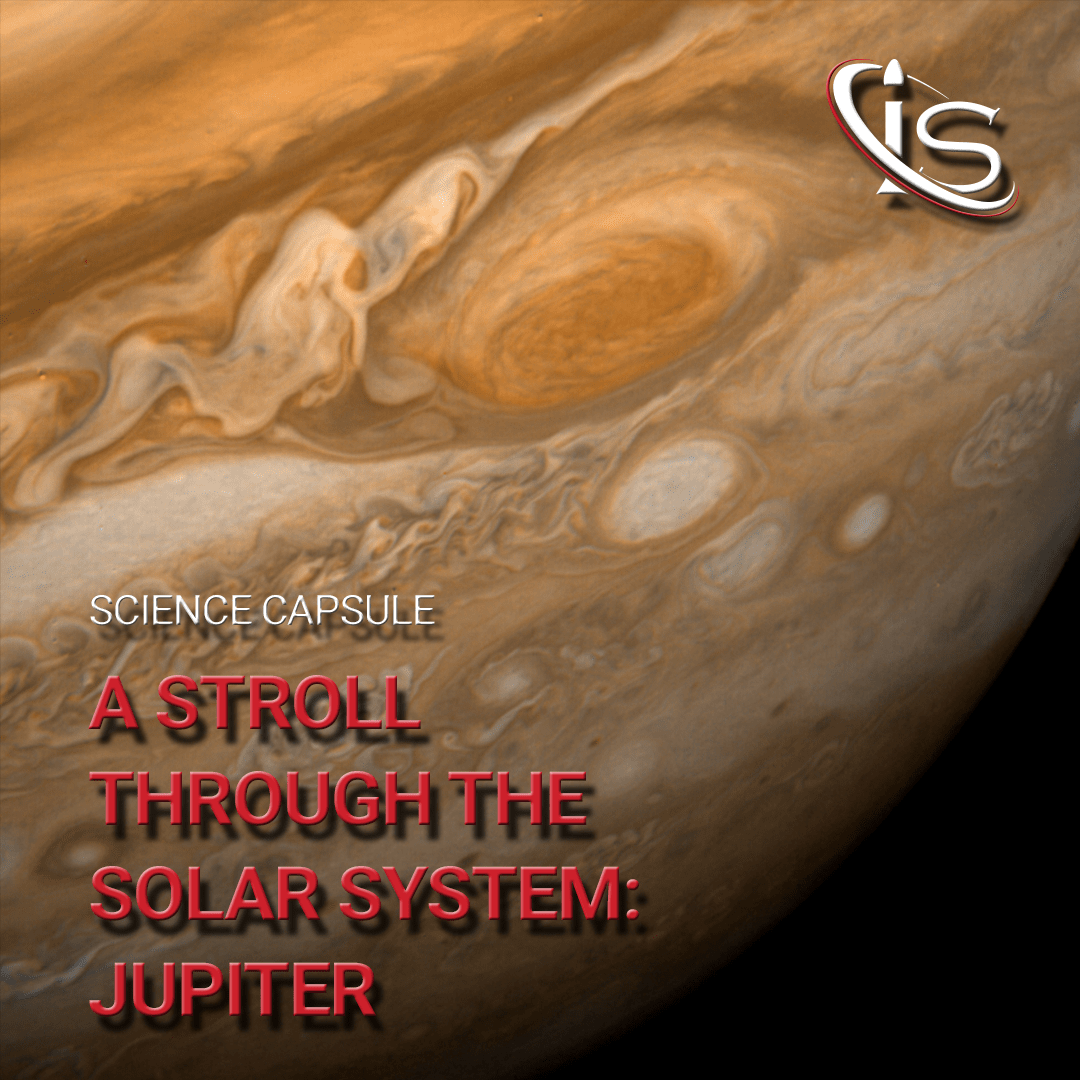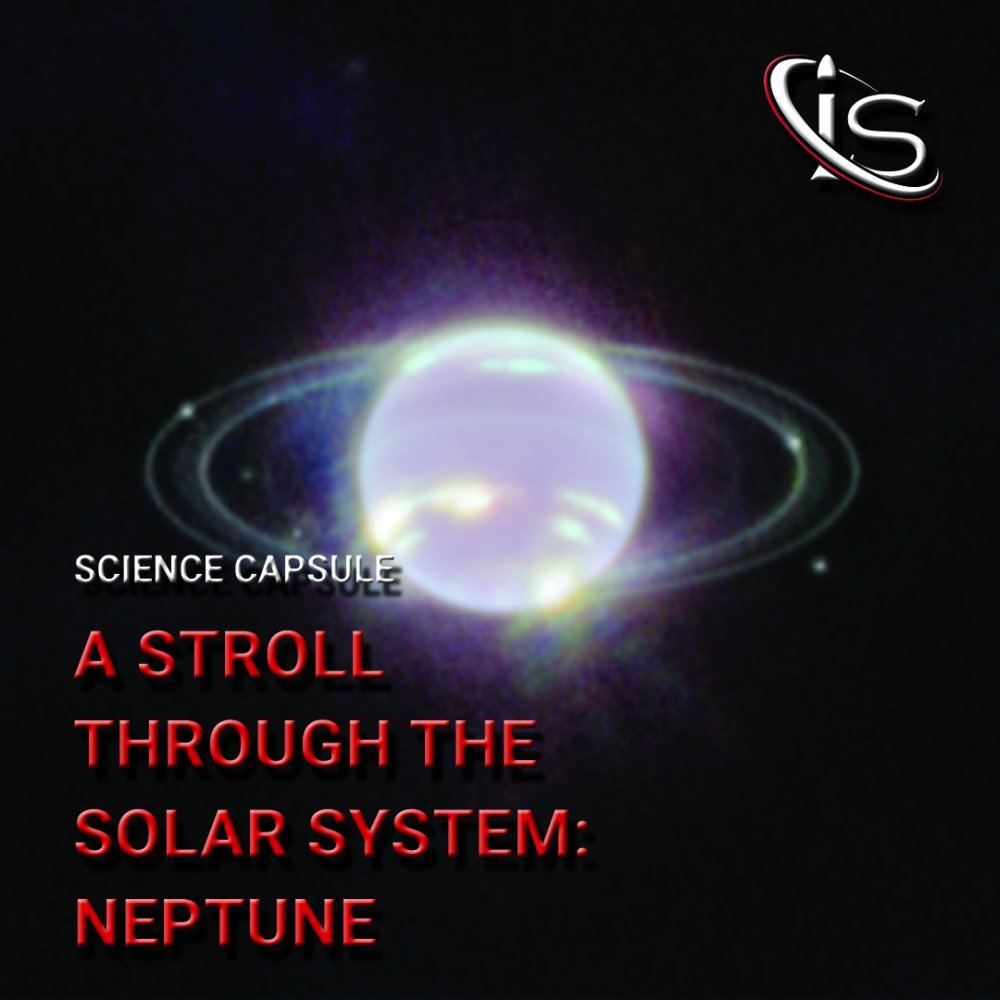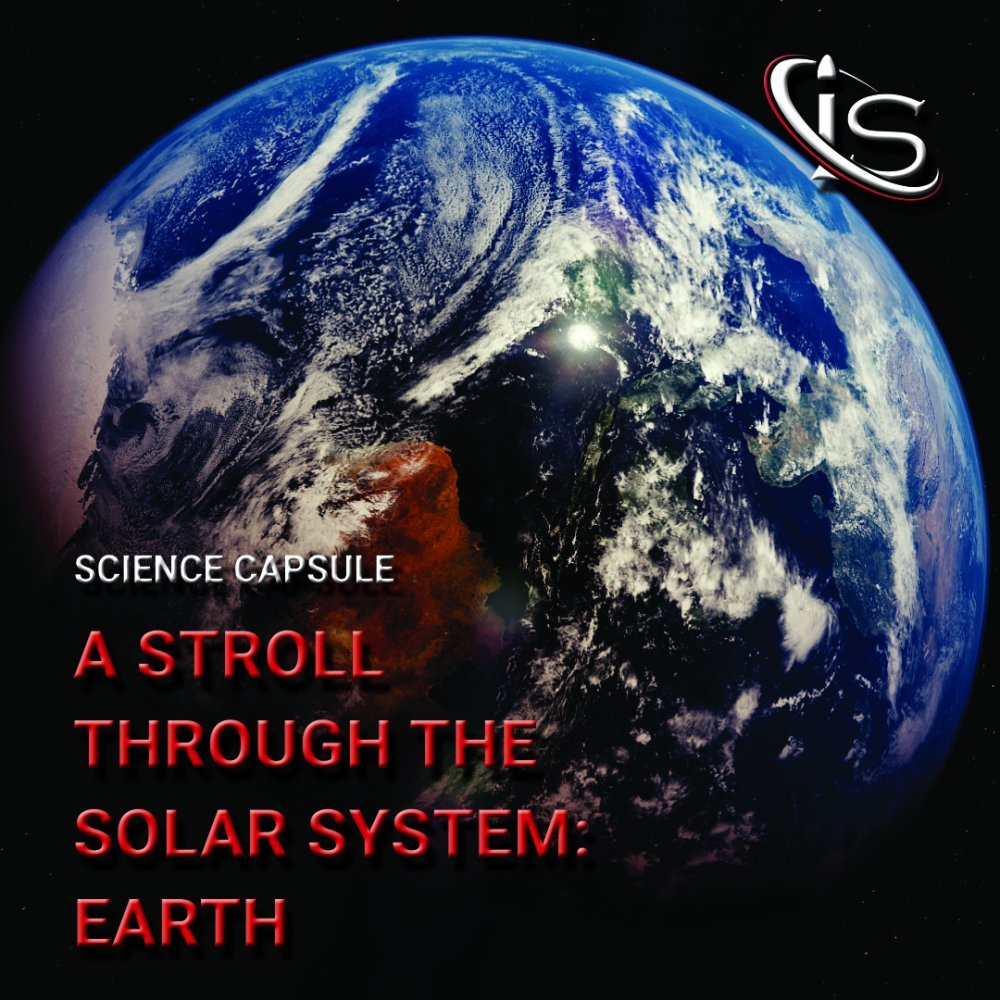Welcome back to the latest iteration of “A Stroll Through the Solar System.” Last time we talked about the big man, or should I say planet, himself, Jupiter. And, although not quite as large, the topic of this stroll, Saturn, still comes in as the second biggest planet in the entire Solar System. This is also the planet with the most famous and recognizable rings and is another gas giant. Let’s just say there is definitely plenty to talk about when it comes to the sixth planet from the Sun.

Another Gas Giant
I just mentioned Saturn’s size and gas giant composition, so let’s delve deeper into these topics, first. Saturn’s radius comes in at a very high 58,232 km. That means that it is about 9 times as wide as Earth! However, what I find even more interesting is that even though this radius is relatively close to Jupiter’s (69,911 km), it is still not enough to even be half as massive as its neighbor. If you recall, Jupiter, by itself, has more than twice as much mass as all the other planets in the Solar System. Combined!
But enough with the comparisons to Jupiter (there is a separate science capsule about that planet for a reason). Let’s go back to talking about Saturn. Being the sixth planet from the Sun, Saturn is quite the distance from the star it orbits. A distance of 9.5 AU to be exact. This means that Saturn is 9.5 times as far from the Sun as Earth is.
We will get back to what this means for the length of Saturn’s year soon. But first, let’s remind ourselves of what exactly constitutes a gas giant. In short, these planets do not have a solid surface, like the one here on Earth. They are, instead, made up of gases and, deeper into the planet, liquids. However, Saturn does have a solid core, made up mostly of iron and nickel, surrounded by rocky materials and compounds that were solidified from the intense heat and pressure. This is different from Jupiter’s core, whose exact structure and composition is still unknown.
Time on Saturn
This is another area where Saturn closely resembles its larger neighbor. Where Jupiter’s day was a mere 10 hours, Saturn’s is very similar, clocking in at only 10.7 hours. Its year, however, is even longer than Jupiter’s, being a staggering 29.4 Earth years. This means that, for every year on Saturn, there are 24,125.6 Saturnian days. And I thought that Jupiter had it bad, with 8,776 Jovian days in between its (hypothetical) holiday season! Speaking of…
A Mythological Break
As has become customary, I would like to take a moment to discuss Saturn’s namesake. Unlike every other planet that we have discussed so far (since I have purposefully saved Earth for another time), Saturn’s name does not come from a Greco-Roman God… at least, not really. Saturn is a Roman deity that was then combined with the Greek titan, Kronos, once Rome conquered Greece. This means that there is a bit of a difference between its Roman and Greek portrayals.
In the Greek version, Kronos is simply the titan of time that fathered all the oldest Gods, such as Zeus, Poseidon, Hades, Hera, etc. And subsequently ate them, as you do. Or most of them, at least, as Zeus was able to escape, leading to the Titan’s (very deserved) eventual downfall at the hands of his own kids.
The Roman version, however, is a very revered deity, in charge of time, yes, but also wealth, agriculture, abundance, etc. He was so revered, in fact, that he would be celebrated during Saturnalia, one of the biggest holidays in Ancient Rome. How big you ask? Big enough to cause Christians to adopt its time of year as the official date for the birth of Jesus. So, basically, if you would like to spice up your Christmas decorations this year, why not throw a model of the colosseum on your tree as well?
Life on Saturn
As always, I like to set a section aside to discuss the possibility of life on these planets. Unfortunately, when it comes to Saturn, there does not appear to be much hope for this. Its composition, temperatures, and pressure are most likely too extreme and fickle to support any form of life. However, as was the case with Jupiter, Saturn’s moons might be able to host life themselves.
Saturn Has an Entourage Too
And speaking of Saturn’s moons, there are a lot of them. 83 of them, in fact. This even beats out Jupiter’s previous number of 80 moons. Like father like son, I suppose. And while none may be as distinctive as Jupiter’s “Big Four” (as I have affectionately called them in the last capsule), there are some standouts here, as well.
First, there is Titan, which is not only shrouded in mystery, but also in haze. Then, there is Enceladus, which, together with Titan, sports internal oceans. This also makes these two the most likely candidates for supporting life. Finally, we have Phoebe (sharing the name of one of television’s most iconic characters), which is filled to the brim, or should I say on the brim, with craters.
Out of these 83 moons, 63 have been confirmed and given names, while the other 20 await confirmation of discovery and are, therefore, currently nameless.
Like Father Like Son, Part 2
Last time, we talked about the titanic magnetosphere that Jupiter has. But Saturn’s magnetosphere is fairly impressive too, as well as truly titanic. And yes, this was a pun on the mythological origins of Saturn. And no, I am not taking it back.
Going back to the magnetosphere itself, Saturn’s is an incredible 578 times bigger than Earth’s. It is so large, in fact, that Saturn’s rings and many of its satellites are completely engulfed by it. This means that a lot of the mass surrounding Saturn is influenced more by its magnetic field than the solar wind.
Saturn’s Aurorae Are Not Like Our Own
One of the main effects of this, is that Saturn’s aurorae are not like Earth’s. An aurora occurs when charged particles enter a planet’s atmosphere along its magnetic field lines. For Earth, these particles come from the solar wind. However, that does not seem to be the case for all aurorae, as some of the ones found on Jupiter and Saturn appear to be independent of said solar wind. These aurorae are not yet fully understood. But what is known about them, at least in Saturn’s case, is that they originate due to a combination of Saturn’s rapidly spinning magnetic field and the particles released from Saturn’s satellites.
A Streamy Atmosphere
We have now arrived at one my favorite recurring topics, a planet’s atmosphere. And, like many of its predecessors, Saturn’s atmosphere is very interesting. The outermost part is made up of clouds that take the form of jet streams, storms, and stripes. In the upper atmosphere, winds also reach very high speeds, with some getting up to 500 m/s, near the equator. To put this in perspective, the strongest hurricanes on Earth only get to about 110 m/s.
Saturn also has a, quite literally, unique weather phenomenon. Located at the planet’s north pole, is a hexagon-shaped jet stream. This peculiar feature spans approximately 30,000 km and has winds reaching 322 km/h, all while sporting a rotating storm at its center. This is made even more interesting when you realize that there is nothing like it in the Solar System.
Saturn’s Famous Rings
It is, finally, time to talk about Saturn’s ring system. These very famous rings are believed to be made up of asteroids, comets, and shattered moons that were destroyed by Saturn’s gravity before reaching the planet. The rings are, therefore, billions of particles, mostly made of ice and rock. Each particle can vary from dust- to house-sized, although most are on the smaller end. A select few, however, can reach the size of mountains. Each ring also has a different orbiting speed. They are as far as 282,000 km from Saturn, while still having a surprisingly small height of around 10 meters in the main rings.
The “Creative” Ring Names
Now for the confusing part. Each ring was named based on when it was discovered. This means that there are the first three rings, A, B, and C, and the subsequently discovered 4 rings, D, E, F, and G. Unfortunately, they were not first observed in the order they are from the planet. This means that, moving from the closest to the farthest ring from Saturn, the rings in order are D, C, B, A, F, G, and E. Furthermore, in between A and B, there is a bit of a gap known as the Cassini Division (named after a spacecraft that we will discuss shortly).
All of this really makes you wonder if it would have been so difficult to come up with actual names for the rings, instead of just using letters that are going to cause more confusion than anything due to their ordering. But I suppose that there are only so main Greco-Roman mythological characters to pick from.
There is also another ring, much further out, orbiting Saturn’s moon Phoebe. This one, however, has the very logical name Phoebe ring, so it did not deserve to be included in the rant above.
Random Fun Facts for Trivia Night
To close this science capsule out, I will mention some interesting tidbits about the planet Saturn. First, the pressure on this planet is so high that it can turn gas into liquid. Next, this planet has been the host of a (comparatively) small number of missions. Only Pioneer 11 and Voyagers 1 and 2 have ever flown by it. Furthermore, only the Cassini spacecraft has ever orbited it. But this Cassini mission might be one of the most interesting ones ever as, after the spacecraft had orbited Saturn 294 times, it was intentionally left to be vaporized in its atmosphere. Finally, Saturn was the farthest planet to have been discovered with the naked eye.
This marks the end of another “stroll through the Solar System.” As always, if you would like to learn about the other planets, all you have to do is check back here, at impulso.space, next Wednesday with the Uranus’s Science Capsule. And if you want something to fill in that time gap, I recommend looking into our other science and technical capsules, as well as our website as a whole.





